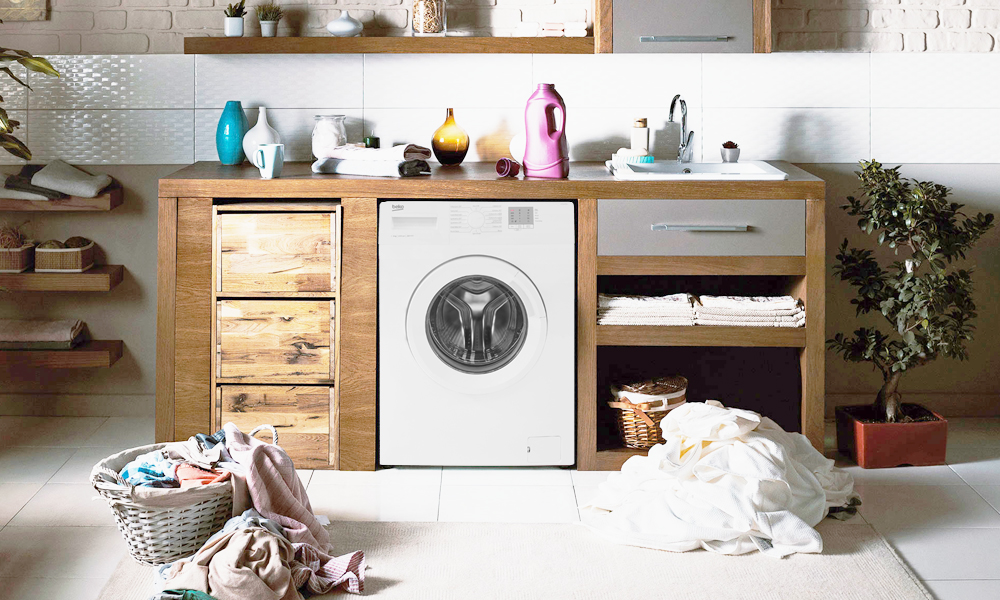The Raw Truth About Appliance Mortality
Listen, your washing machine is going to fail. That’s not pessimism, that’s physics. When you need washing machines repair, you’re confronting one of modern life’s small but genuine crises, the kind that transforms a Tuesday morning into a soggy battlefield of damp clothes and rising panic. The machine that faithfully churned through your linens for years has suddenly turned mute, or worse, started making sounds like a dying animal.
There’s something almost personal about appliance failure. You’ve fed this machine your shirts, your sheets, your unmentionables. You’ve trusted it with the fabric of your domestic life. And now it’s betrayed you.
What Actually Goes Wrong Inside These Machines
The washing machine is a brute of engineering, all rotating drums and pumps and motors working in concert. When one component fails, the whole symphony collapses. Here’s what typically wages war against your washer’s longevity:
- The motor burns outfrom years of spinning loads, particularly if you’ve been cavalier about overloading the drum. Motors aren’t infinite. They’re designed for specific loads and cycles, and when you exceed those parameters repeatedly, you’re essentially asking the machine to commit slow suicide.
- The door seal perishesin Singapore’s humidity. That rubber gasket around the door doesn’t stand a chance in tropical conditions. It cracks, it moulds, it leaks. According to the Consumer Protection (Safety Requirements) Registration Scheme, all washing machines sold in Singapore must meet specific safety standards, but those standards can’t protect rubber from entropy.
- Pump blockagesfrom coins, tissues, and the detritus of pocket negligence. The pump is the machine’s circulatory system, and when it clogs, everything backs up.
- Electronic control boards failbecause modern washing machines are essentially computers that happen to clean clothes. And computers, as we all know, have their own ideas about when to cooperate.
The Repair Versus Replace Calculation
Here’s where it gets interesting. Washing machine repair isn’t always the economical choice, but it’s often the right one. A new machine costs anywhere from 400 to 2,000 dollars in Singapore, depending on how fancy you want to get with your spin cycles. A repair typically runs 80 to 300 dollars, depending on the component.
The mathematics seem simple, but they’re not. That new machine comes with uncertainty. Will it last five years or fifteen? Your current machine, even wounded, is a known quantity. You understand its quirks, its sounds, its particular demands. There’s value in that familiarity.
The Building and Construction Authority recommends that HDB flat owners ensure any repairs to washing machines don’t compromise water supply systems or drainage. This isn’t bureaucratic fussiness. In high-density housing, one person’s leaking washer becomes the downstairs neighbour’s ceiling problem. Repairs must be done properly, not just cheaply.
When to Call for Professional Help
Some repairs you can manage yourself. Clearing a pump filter? Sure. Replacing a door seal? If you’re handy and patient, perhaps. But motor replacement, drum bearing issues, control board problems, these demand expertise. The machine repair technician isn’t just someone with tools. They’re diagnosticians who can hear what’s wrong in the machine’s death rattle.
Singapore’s climate makes washer repair more urgent than in temperate zones. Leave wet clothes in a broken machine for two days in this humidity and you’re cultivating biological warfare. Speed matters.
Preventive Maintenance Is Not Optional
You want to avoid repairs? Here’s the unglamorous truth about maintenance:
• Clean the detergent dispenser monthly.
That build-up isn’t just unsightly; it’s breeding ground for bacteria and mould.
• Run an empty hot cycle with vinegar quarterly.
This strips away detergent residue and mineral deposits that accumulate in the drum and pipes.
• Check and clean the drain pump filter every three months.
This five-minute task prevents 80 percent of pump-related failures.
• Don’t overload the machine.
That “just one more shirt” attitude is what kills motors prematurely.
• Leave the door open between washes.
In Singapore’s humidity, a closed washer door is an invitation to mould and mildew.
The Consumer Protection (Fair Trading) Act protects you if repair work is shoddy or if parts fail prematurely, but prevention beats litigation every time.
The Final Spin
Your washing machine will break. Accept this. The question isn’t if but when, and what you’ll do about it when the moment arrives. You can panic, you can curse, you can contemplate hand-washing your clothes like your grandmother did, or you can approach the situation with calm pragmatism. Get multiple quotes. Ask questions. Understand what failed and why. Learn from the machine’s mortality.
These appliances are more than convenience; they’re time machines that give us hours back in our week. When yours fails, treat the repair seriously. Find someone competent, not just cheap. Ask about warranties on both parts and labour. And remember, a well-executed repair might give you another five years of service, which in appliance terms is a genuine resurrection. The choice between repair and replacement isn’t always obvious, but making an informed decision about washing machines repair is what separates the wise homeowner from the perpetually frustrated one.





